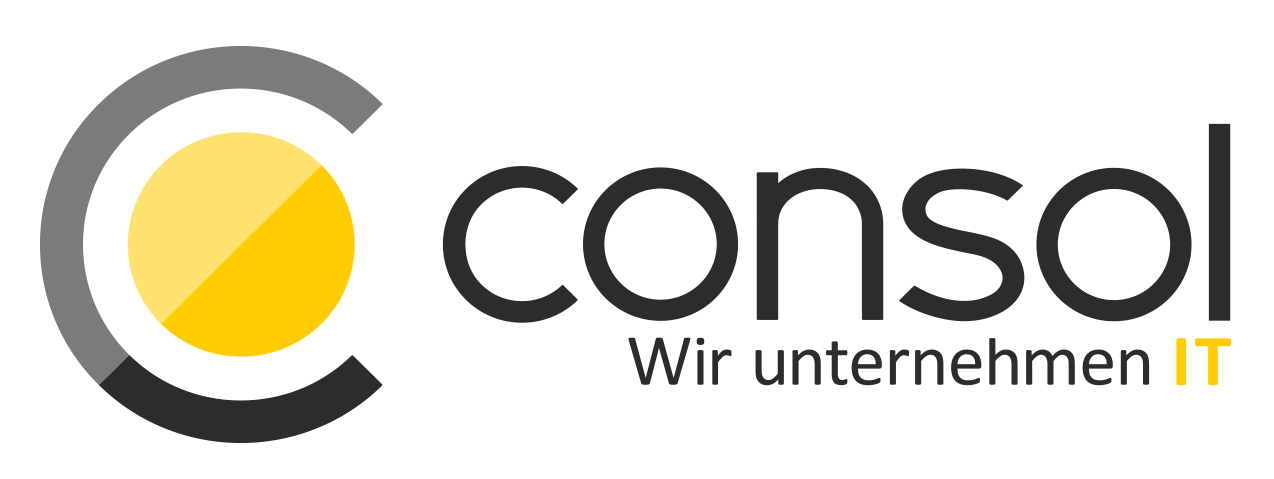Platform Building
Developing a powerful software platform requires strategic thinking and deep expertise. With Platform Building, we are here to assist you in creating and implementing your individual masterplan for constructing a software platform.
- Architecture: We design the foundation of your platform, ensuring scalability, stability, and readiness for future developments.
- Cloud: With our expertise in cloud technologies, we help enhance the flexibility of your platform.
- Automation: We optimize your processes through automation to increase efficiency and minimize manual tasks.
- Governance: Security and compliance are of utmost importance. We implement governance models to safeguard your platform and meet regulatory requirements.
- Maintenance: Building a platform doesn't end with implementation. We ensure that your platform operates optimally at all times.

Oliver Weise
Team Lead of the Platform Engineering Unit at ConSol
When embarking on a software project on a modern application platform, the first step takes you to the Platform Portal. Here, in self-service mode, you can provision all the necessary project resources yourself: workload capacity, rollout stages, source code repositories, and more. Many resources are available immediately, while others are accessible by the next day at the latest.
CI/CD-Pipelines At Your Fingertipps
Simultaneously, within the associated CI/CD framework, a functional standard pipeline for building, testing, and rollout is created for you. You can use it as is, customize it, or, in special cases, replace it with your own. Often, within just a few days, you can perform initial deployments of prototypes and focus entirely on the functional aspects of your project.
A Living System: Observability, DevOps & SRE Connected
Observability features like logging, tracing, monitoring with numerous preconfigured metrics, and alerts are included and "just there." Many of these functions operate without your intervention. For others, you only need to concern yourself with integrating them into your software, thanks to readily available and well-documented concepts tailored to common development frameworks within the company.
Equally important is the fact that observability is no longer just for Ops. In the project, we have a "first-class" access, enabling us to gain valuable insights into how our software performs in real-world operation. This foundation allows us, in collaboration with our Site Reliability Engineer, to optimize reliability and efficiency.
Less Platform, More Focus
It's crucial to emphasize that the extent of the platform is a decision that your company makes. What truly matters is the Developer Experience. Many overly complex platforms have proven to be less effective. Therefore, the guiding principle should be: especially during the setup phase, focus on the essentials. This initial foundation should be designed from the outset to genuinely support developers without overwhelming them.
Interested In Learning More About Platform Engineering?
The Path to the Platform
Why Platform Engineering Is
Essential? We Provide Guidance!
Platform Building: Your Platform, Your Vision
Platform Building aims to create a stable, efficient, and well-managed technological platform that forms the foundation for developing and delivering applications and services. This is crucial for companies aiming to remain competitive in today's digital world, as a solid platform underpins innovation and business success.
In addition to the key areas mentioned above, the Platform Building process also includes these additional components:
Do you Have any Further Questions about our Portfolio?

Let's talkl!
Andreas Schilz










 Openshift Consulting
Openshift Consulting
 Open Source Monitoring
Open Source Monitoring
 Integration-Testing
Integration-Testing








![[Translate to Englisch:] PC - Bildschirm, der Zahnräder anzeigt](/fileadmin/images/diverse/platform_building.svg)